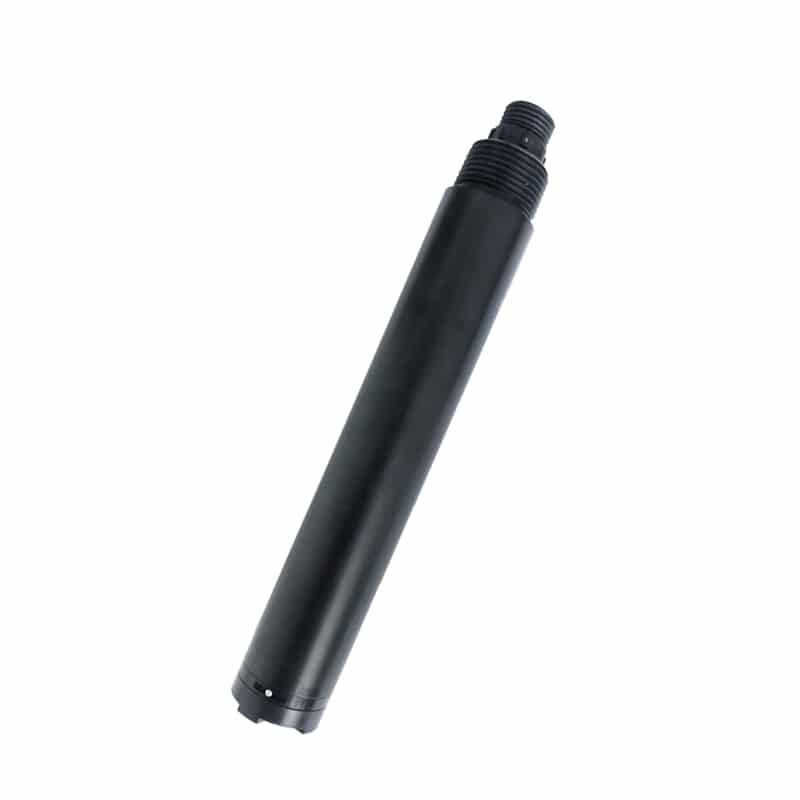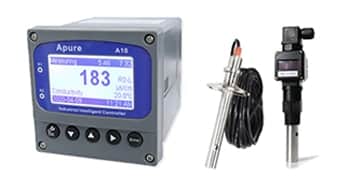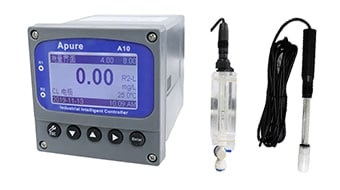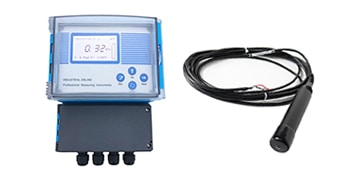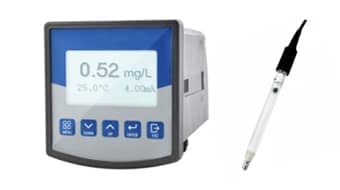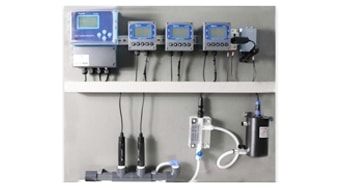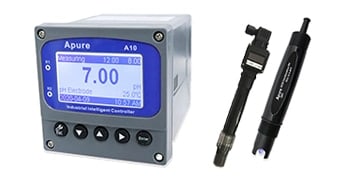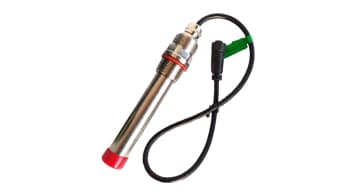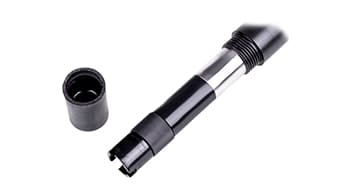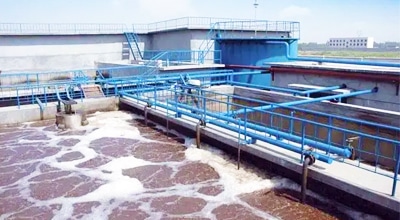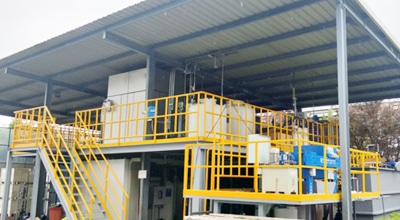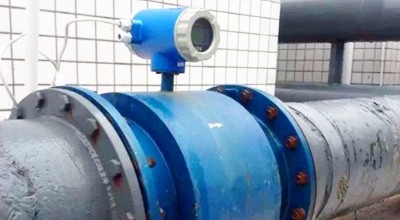Blue-Green Algae Sensor
Blue-green algae (BGA), also known as cyanobacteria, are photosynthetic bacteria that can grow in fresh and marine water and can be blue, green, red and black in color. BGA reduce nitrogen and carbon in water, but also deplete dissolved oxygen in excess. Monitoring BGAs is important because they pose a serious threat to water quality, ecosystem stability, surface drinking water supplies and public health through the production of toxins and the large biomass generated by algal blooms.
Apure measures blue-green algae in real time through in vivo fluorescence technology. These sensors are fixed response fluorometers, which means they excite algae in the water at a fixed wavelength (520nm or 590nm). They then measure the subsequent fluorescence emitted (>575nm and >655nm). The method directly detects the fluorescence of specific pigments in live algal cells and determines the relative algal biomass. the BGA-206A sensor is not interfered with by chlorophyll or turbidity.
Blue-green algae monitoring
Cyanobacterial monitoring entails the observation and analysis of the content, species and distribution of cyanobacteria in a water body on a regular or occasional basis through various methods and means in order to understand the growth status and development trend of cyanobacteria.
The frequency and focus of blue-green algae monitoring should be determined according to the type and function of the water body and the occurrence of blue-green algae and other factors. Generally speaking, for water bodies prone to blue-green algae blooms, the frequency of monitoring should be strengthened and emphasis should be placed on monitoring indicators such as the content, types and toxins of blue-green algae.
Monitoring of freshwater applications is usually done by monitoring algal phycocyanin (e.g., Cichlidium, Microcystis, and Spirulina), and marine applications by monitoring algal phycoglobin (e.g., Polycystis).

